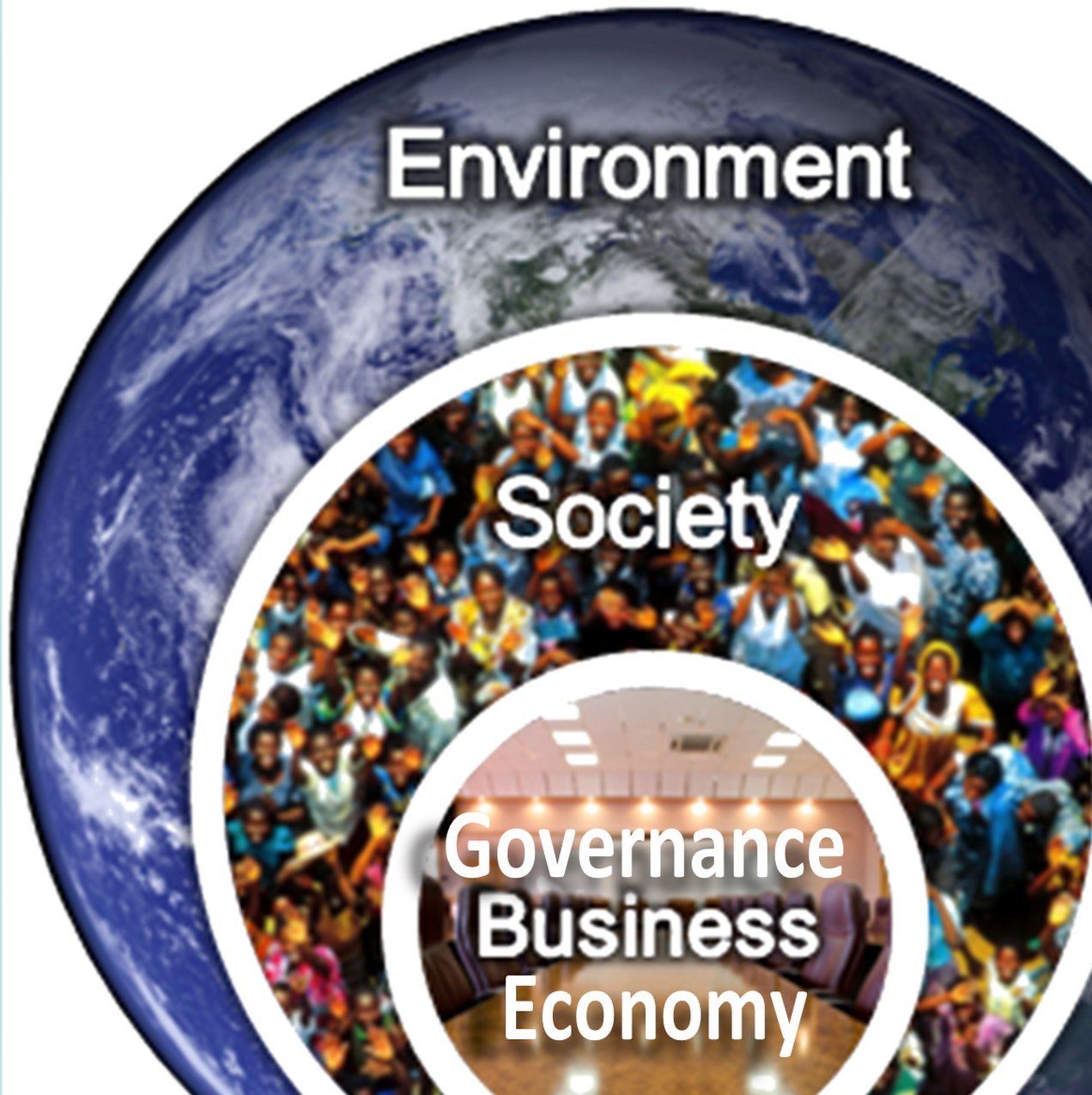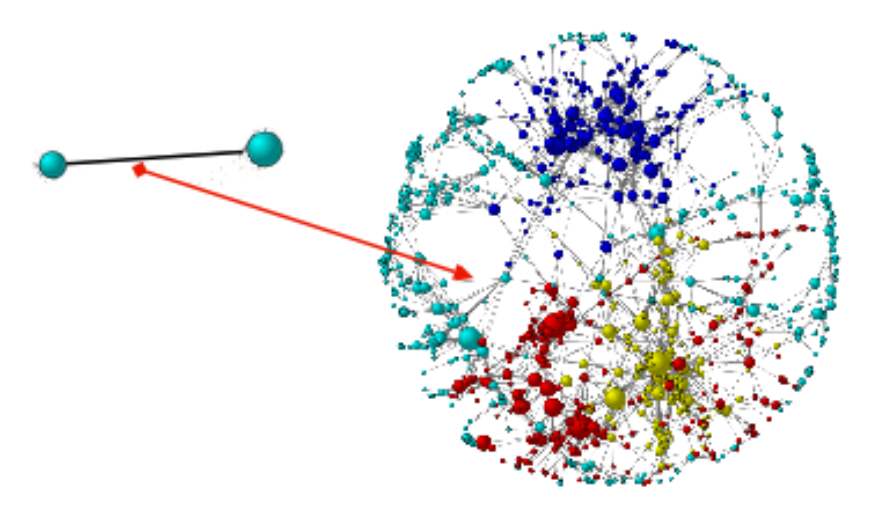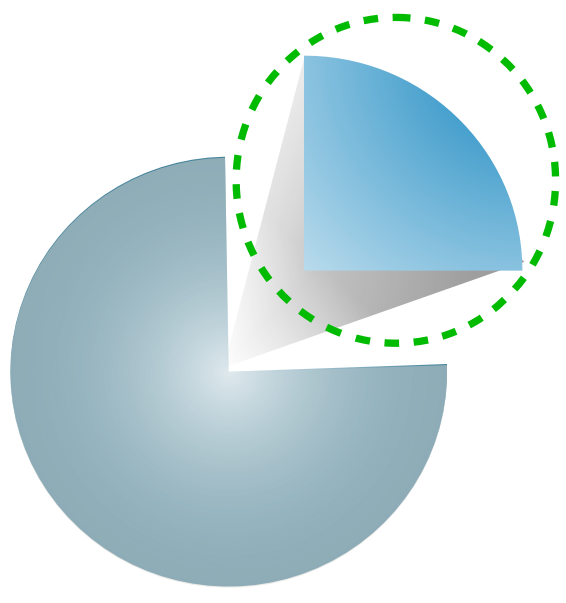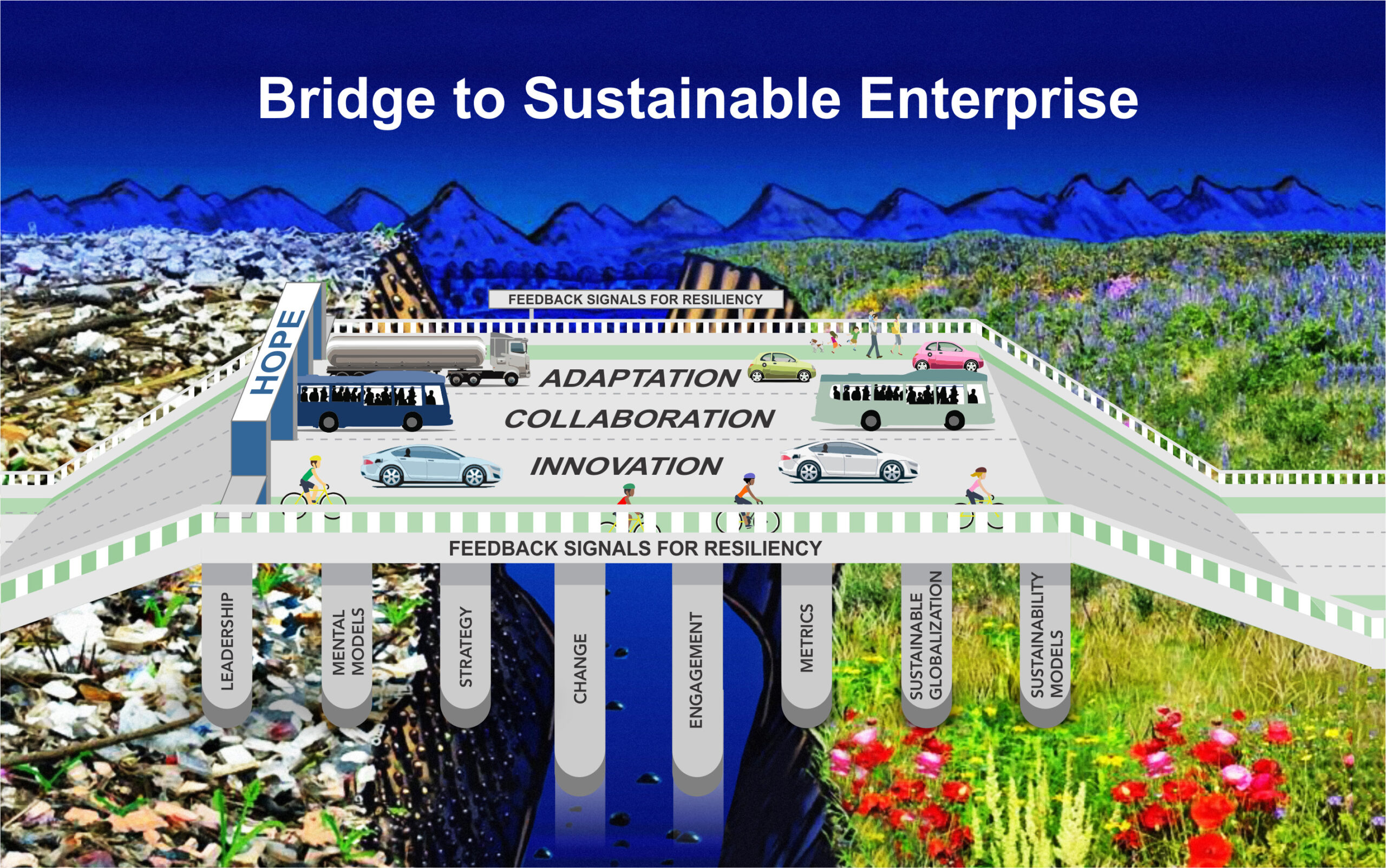
Nested Systems
Systems and Systems Thinking
Why should you care about systems and systems thinking? What does this have to do with your work, or even with our lives?
Very simply, we can only successfully resolve the urgent, critical, complex economic, social and environmental issues we all face today if we take a systems approach. It is by far the best way to understand emerging opportunities, risks, and options.
Systems are amazing entities where their whole is greater than the sum of its components. System components influence, catalyze, interact with each other, and more, often in complex ways, and influence almost everything we do.
Most often, people talk about systems thinking as an “add-on” skill, one to be learned on top of the normal way we think. We’re normally taught to think in cause and effect, that is find the cause so we can manage the effect. That’s not quite how things work though. Systems thinking is actually the natural way people think and linear thinking is actually the learned add-on.
Because awareness systems as a core practice is not yet a typical process for addressing critical issues in general and sustainability in particular, we think it’s helpful to briefly explore systems approach and systems thinking and why they are so critically important today.

Distinct and Embedded
Separate? Systems? Or, Segments Distinct and Embedded in Systems
Here’s an example of systems underlying our ordinary activities: the everyday action of brushing your teeth. How did you learn to brush your teeth. An adult or an older sibling taught you how by giving you step-by-step instructions when you were a child, and demonstrated how to do it? Afterwards, you could brush your teeth yourself. You learned the distinct steps.
What you actually learned as teeth-brushing was an add-on to what you already knew how to do – open your mouth, pick up the toothbrush, raise it to your mouth, insert, and brush teeth up-and-down back-and-forth making sure to brush each top and bottom tooth and maybe your tongue as well. We are oblivious to the fact that all those actions are systems actions. We presume these natural systems are already operational, conscious and subconscious coordinations of our nervous, muscular, skeletal systems and that they will work automatically. Bottom line is we cannot brush our teeth without all these systems working together.
Everything we do – our thoughts, feelings, and actions – we do through engaging coordinated networks of systems that comprise each and every one of us. By our very nature we think in systems, as systems. We are systems; we are systems of systems. Systems thinking is not thinking about systems but thinking as a system embedded in many systems.

Networked Systems
Rediscovering systems
Not surprisingly, we design tools to work with systems. A hammer is no more than a chunk of metal or stone attached to a shaft of wood until a hand picks it up and engages systems to swing it. Over time, people have designed and built very complex systems, ones that allow us to communicate almost instantaneously across the globe, or transport astronauts to the moon. We organize ourselves into social systems: families, communities, corporations, nations. But none of these systems we create is as complex as a single human being, much less as complex as an ecosystem that supports life for us and millions of other creatures.

Separate and Connected
Re-placing “Separate” into their Systems
If we live our lives within systems, why are we schooled to examine system components separately, as though each existed on its own? Making distinctions about particular system components enables us to focus more closely on their forms and related functions in order to increase specific understandings. This can be helpful. The problem is that over time we have forgotten to include awareness of the very systems and interconnections that make a linear deep dive possible. It may be only a minor problem when surrounding conditions are fairly stable and predictable. Today, though, the conditions under which we live are increasingly unpredictable and unstable in complex ways. Understanding whole systems is crucially important.

Systems thinking is essential for sustainability
Today, it is vitally important that we understand not only system components but the systems they comprise, and how our lives are nested into systems of systems. Globally intertwined business, social wealth disparities and unrest, and rapid climate change all present us with great risks and opportunities. but only if we take a systems approach to working with them.

Strategic Learning Programs
Want to learn more? Here are some programs to get you started
- Systems Thinking: This session will enable you to rediscover your natural ability to think in systems.
- Mental Models & Mindset Shifts: Explore what is possible when you shift your mental models by letting go of what is no longer relevant and including new possibilities for you and your organization.
- Tragedy of the Commons: Learn how your personal choices and choices of people around you impact shared or “common” resources. Explore what you might do about them.
- Strategy and Foresight: Learn about creating “smart” systems-based sustainability-aligned enterprise strategies by combining the best of current core strategy development practices with sustainability-aligned enhancements.
- Systems and Networks: From a systems perspective, each and every person is networked with other people into networks of networks. Recognizing this fact is essential to sustainability and to thriving, individually and collectively. Explore both strong connections in a network and subtle ones. Learn how each exerts influence. The most forceful pushes and pulls produce immediate reactions. Indirect influences are often the ones that shift whole industries and markets.
- Resilience, Restoration, and Regeneration: Resilience is a systems function. When a system loses integrity, it cannot bounce back. Can the system be restored or must it be regenerated? Learn the warning signs and how you might guide interventions.
